Woven Experiments
Current Explorations in Weaving and Natural Dyes

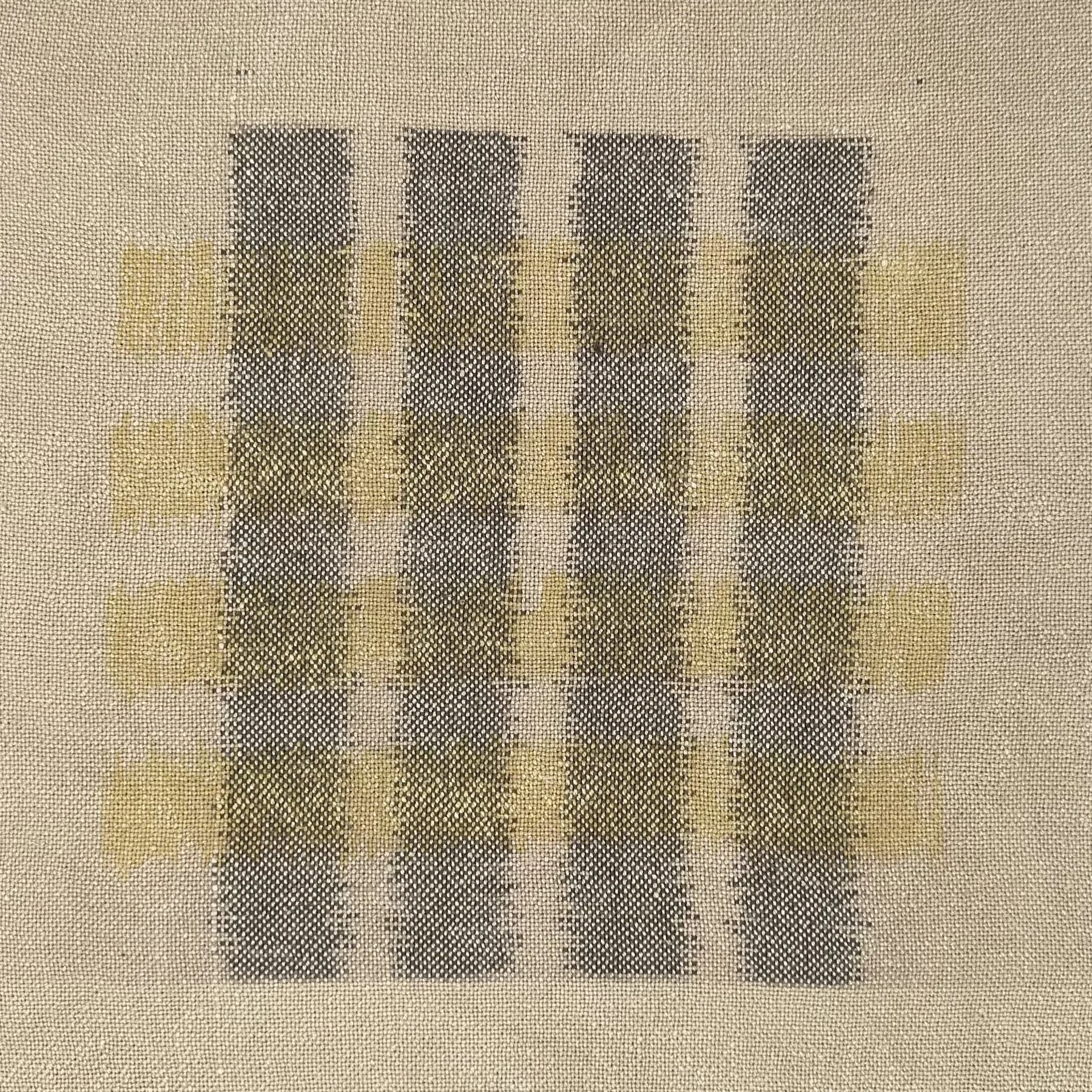
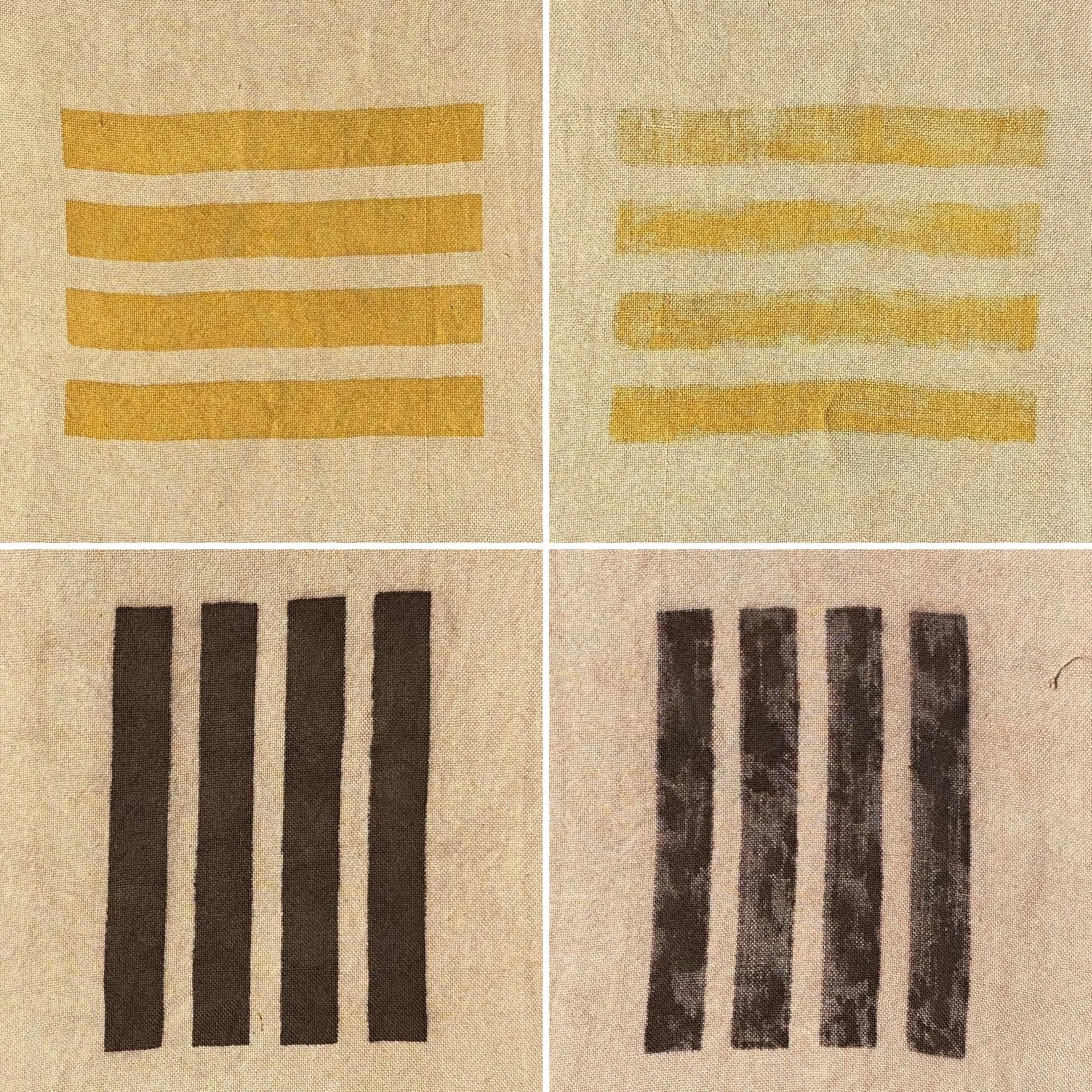
Plain Weave, Two Ways (2023)
Woven in silk, painted with aluminum and iron mordant pastes, immersion dyed in pomegranate, unwoven, rewoven, wet finished.
What if I painted warp (vertical) stripes on one section of a cloth and weft (horizontal) stripes on another. Then un-wove the cloth and re-wove it, swapping the wefts — effectively weaving the two paintings together. It’s a kind of metaweave: the structure of the ground cloth is also depicted in its surface design.
Weaving, unweaving, and reweaving is an exercise in patience and a true test of your ability to organize threads. But it offers an interesting method of combining, transforming, and layering designs, with a similar but different look than double ikat.
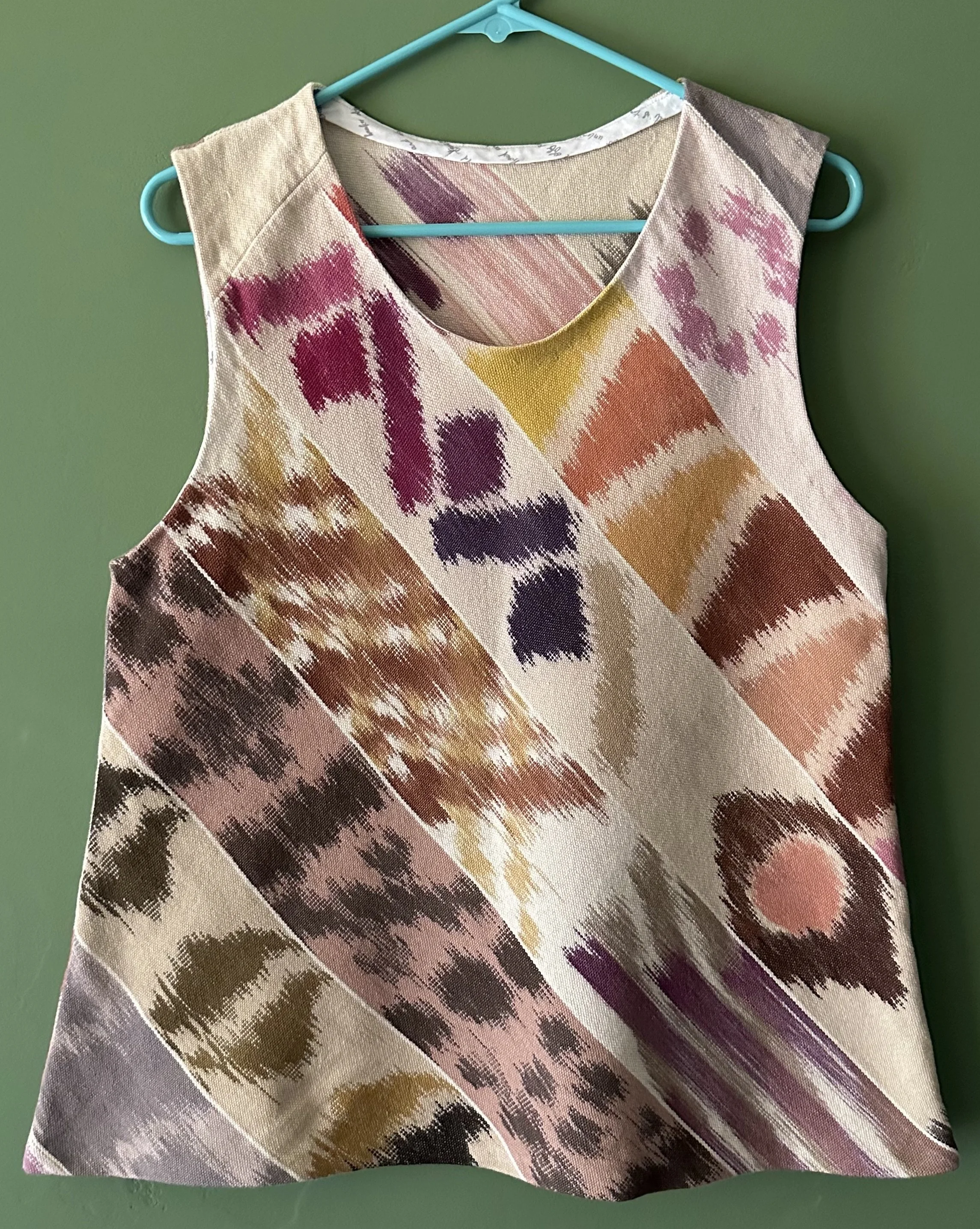
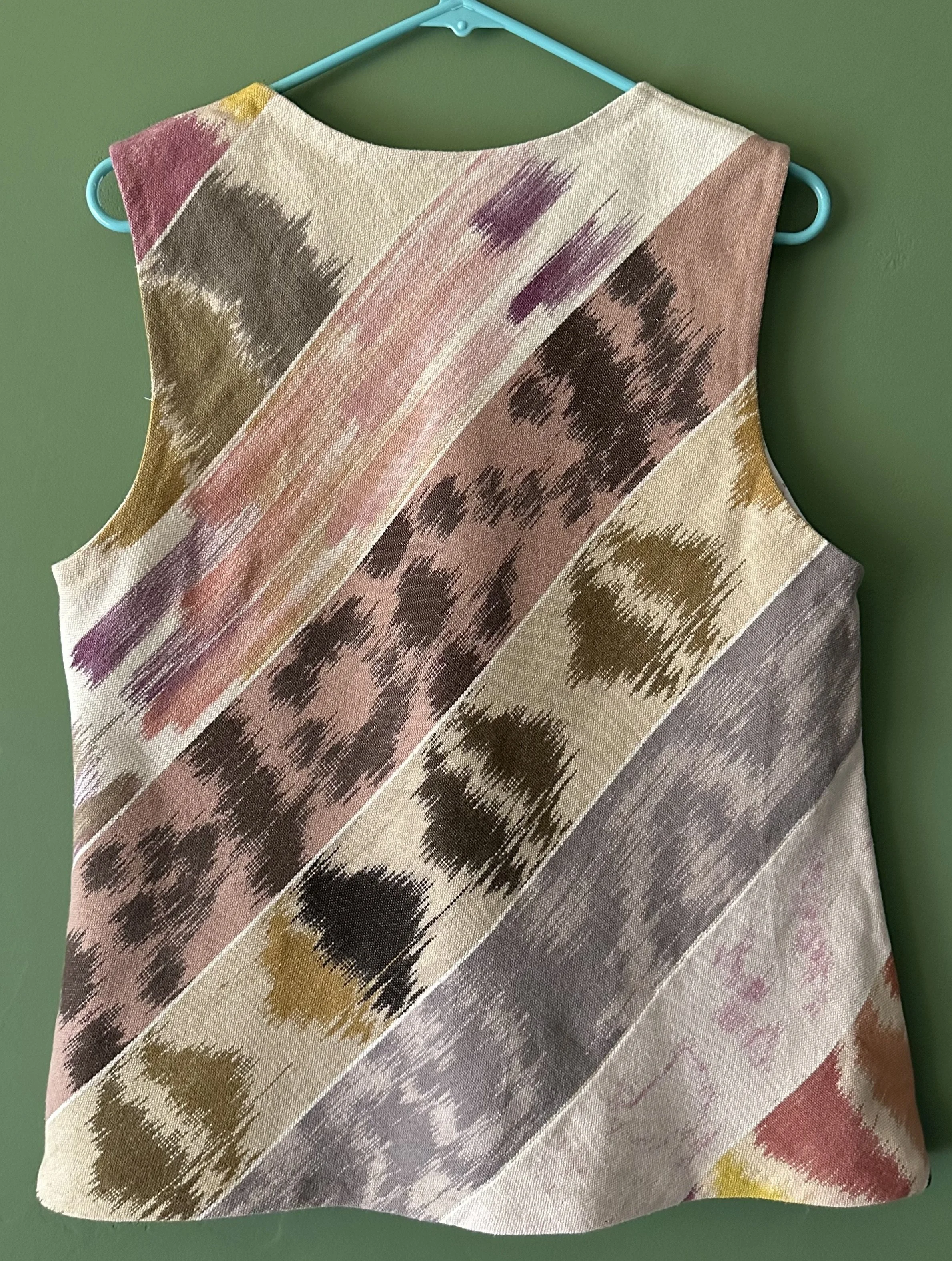

Painted, Woven, Sewn (2023)
Mixed mordant/dye/discharge pastes, painted and dyed the warp, wove, and sewed.
I’m interested in the direct application of natural color to warp threads, but in a way that creates pictorial or recognizable designs instead of blended gradients. This technique looks similar to ikat but presents its own set of challenges. How do you stabilize the warp threads while painting and printing on them? How do different applications of dye, mordant, dye-mordant, and discharge pastes (and their finishing requirements) impact the legibility of your design?
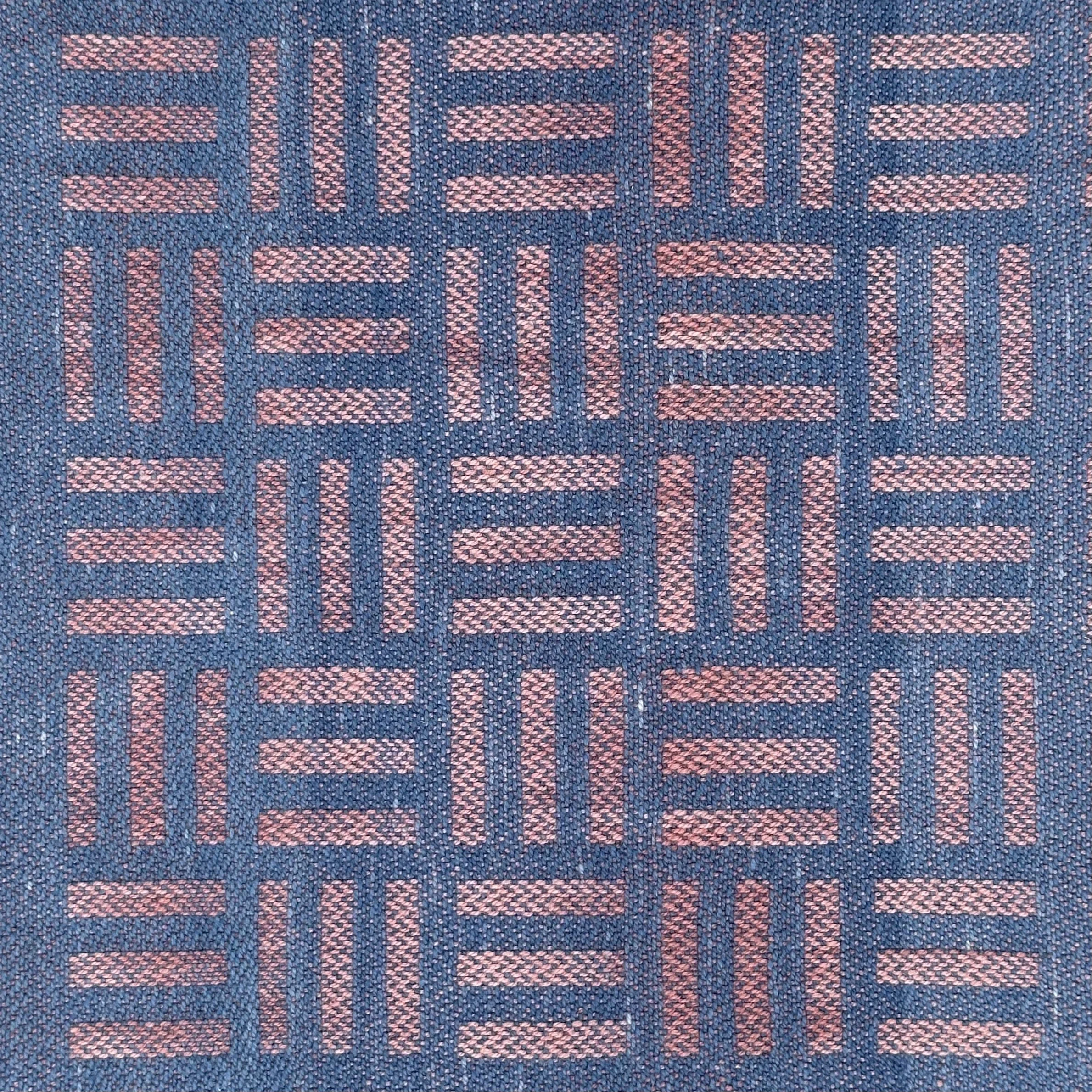
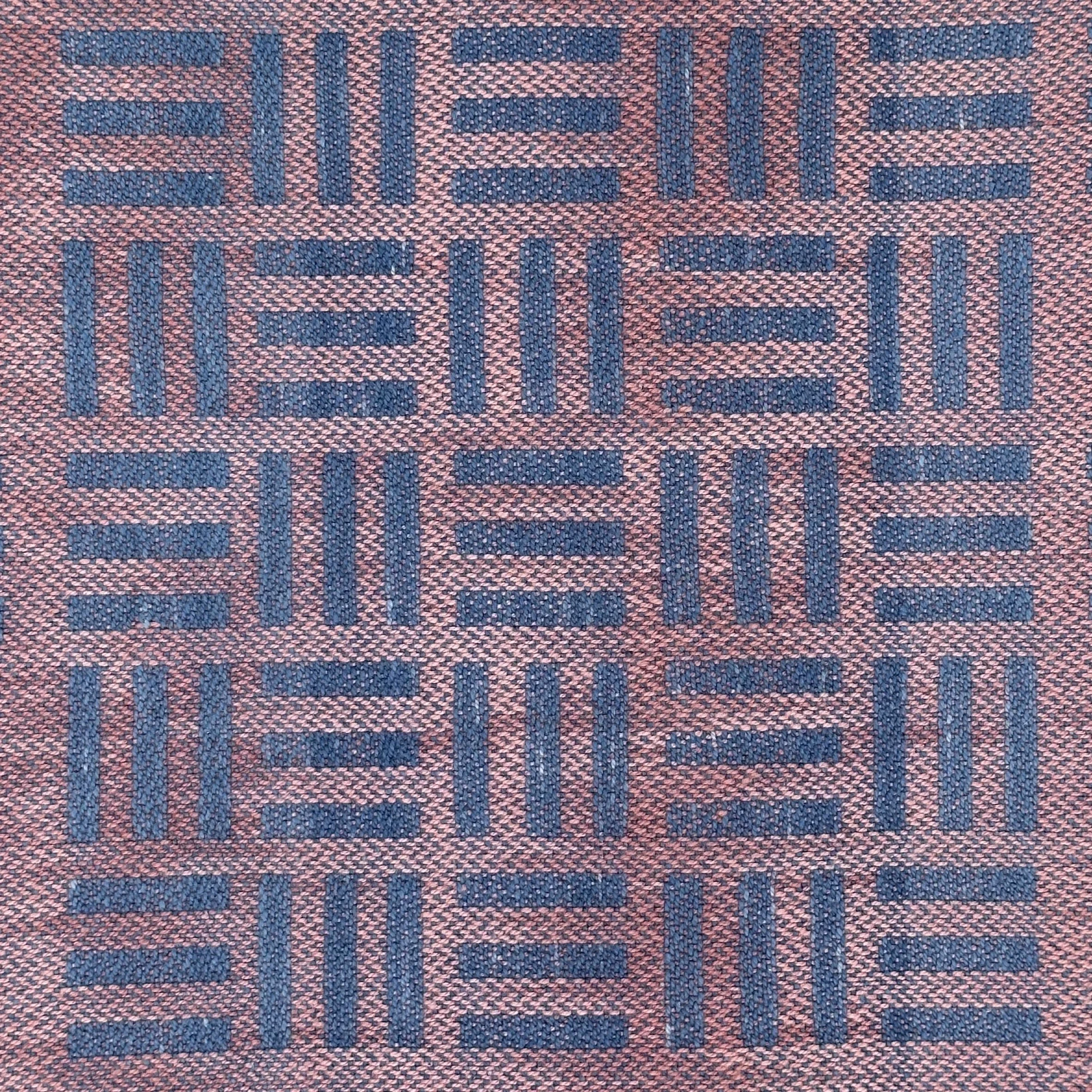
Ikat and Damask (2023)
Cotton, indigo, eastern brazilwood
What’s the best way to combine techniques that emphasize pattern and color – like ikat and warp painting – with weave structure? How can you add complexity without overwhelming the piece?